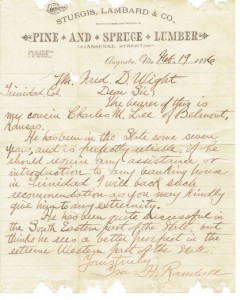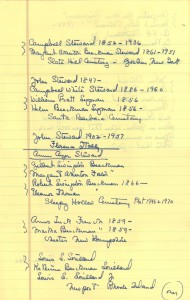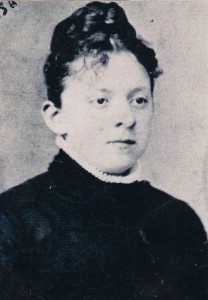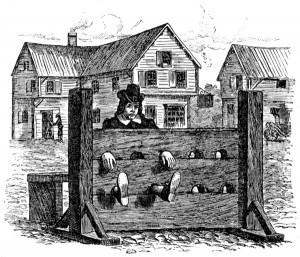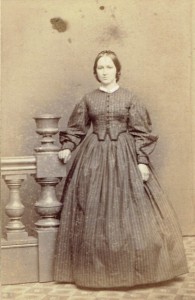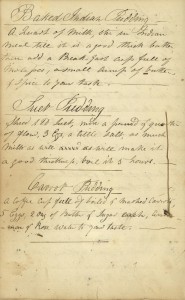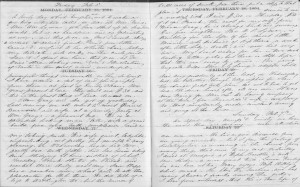
One of the most remarkable entries in the Regina Shober Gray diary – a document not short on remarkable entries – is the one where the diarist recounts a vivid dream in which she is a murderess. In the dream, as she says, she felt no “remorse or horror (for I did not deny the murder), but only a dull, stolid amazement that I should find myself in this disastrous, mortifying position.”[1]
The cool appraisal with which the diarist considers her feelings and motivations, the lack of self-consciousness about her professed guilt, and the ease with which she insists that she is a “lady” suggest that the diary was never meant to be read by others. Continue reading “The bitter end”
